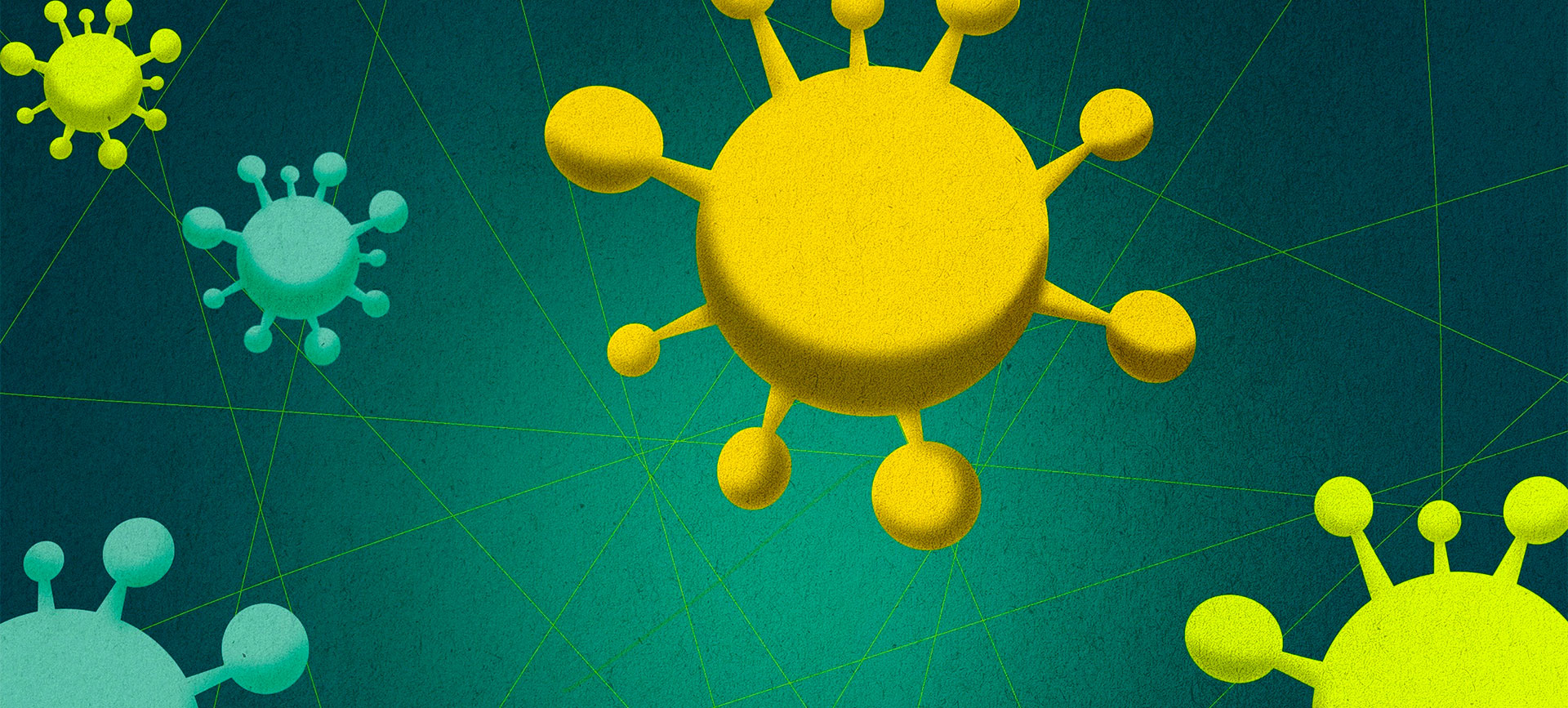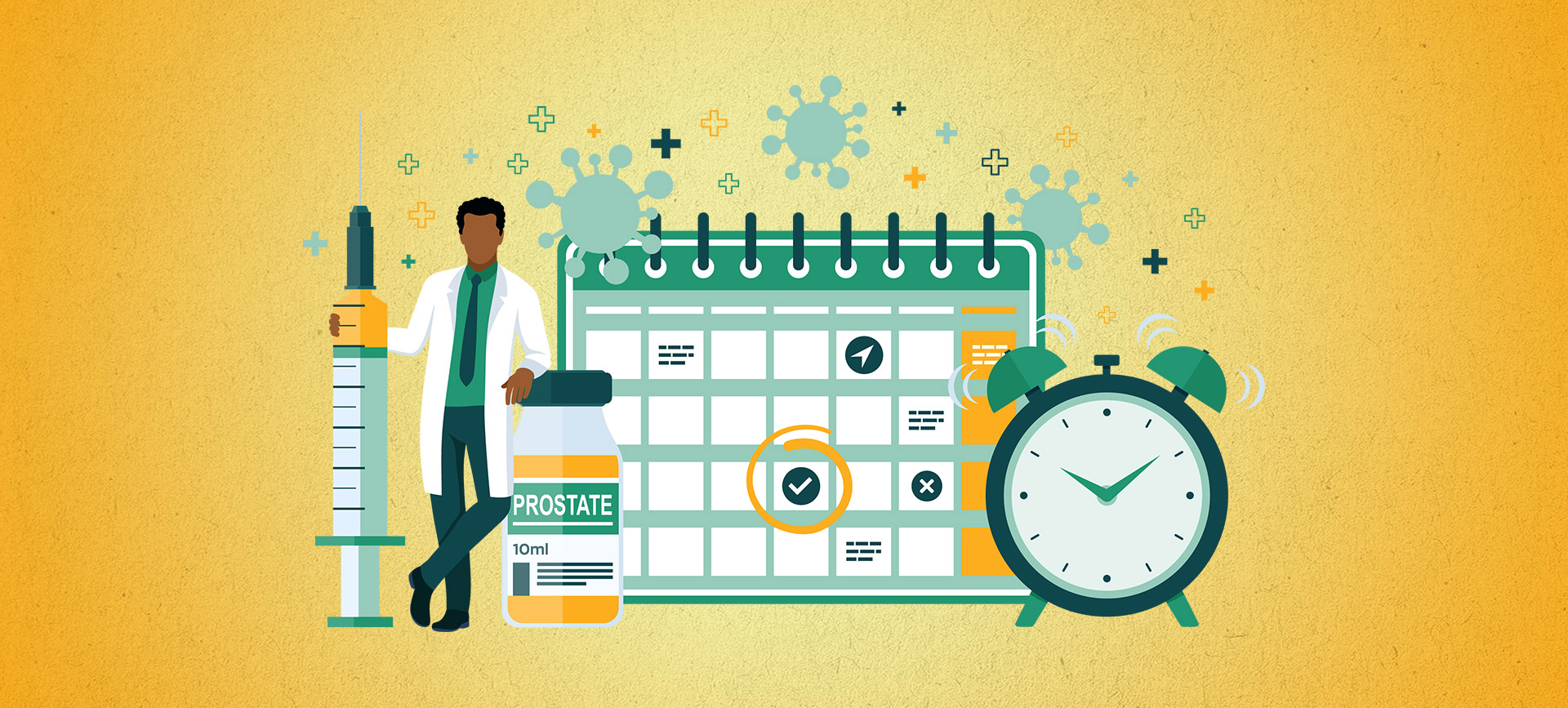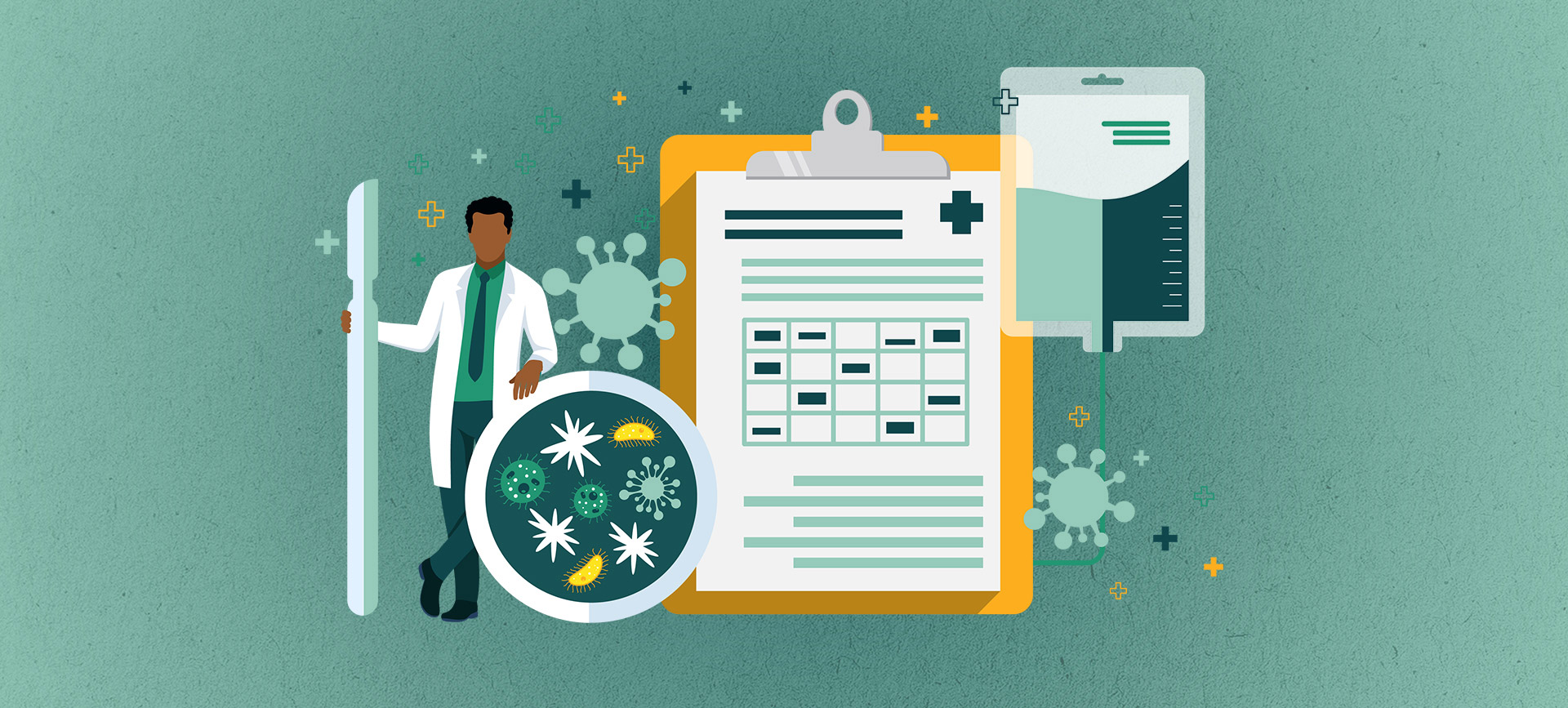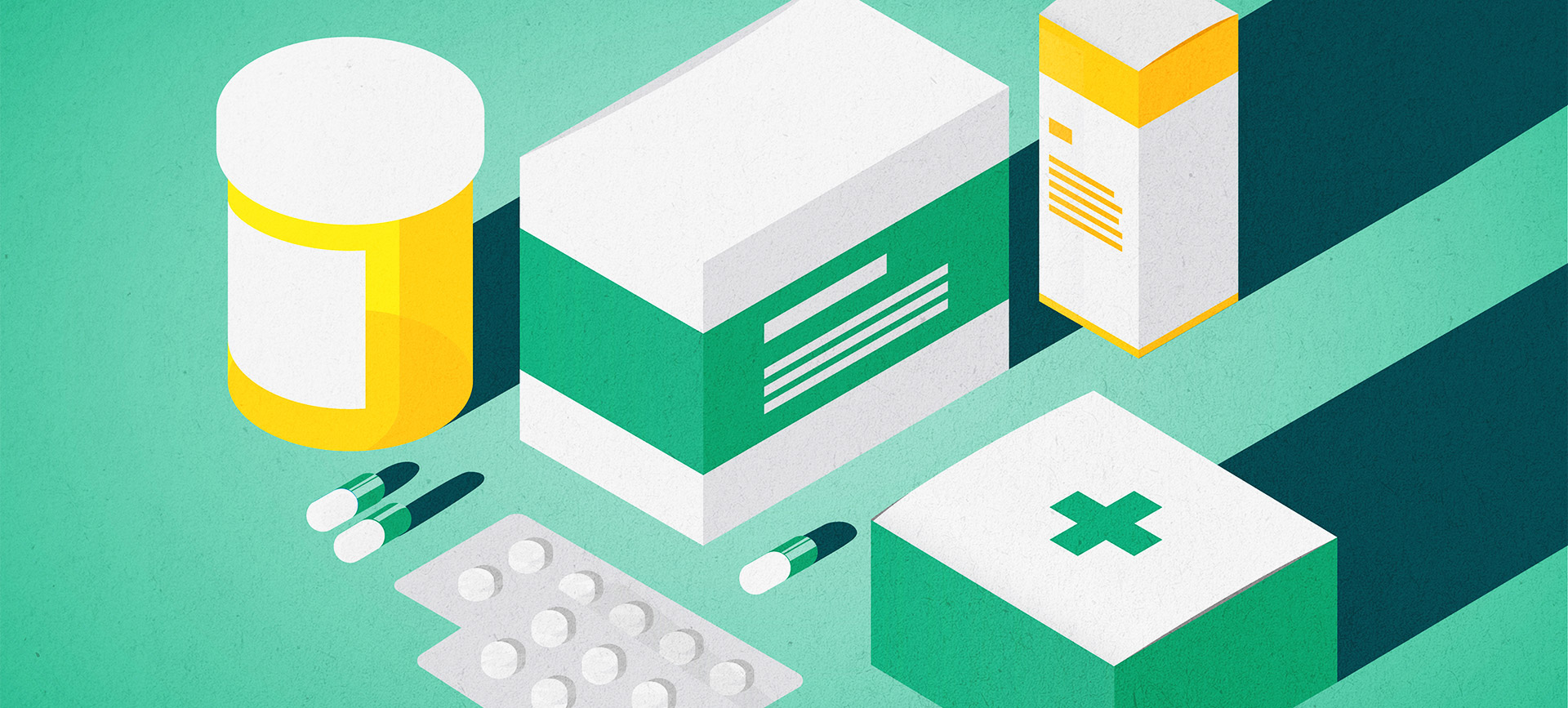Prostate cancer is a survivable disease, with an overall five-year relative survival rate of about 98 percent. Still, some 34,000 people are expected to succumb to the disease in 2021, and the survival rate drops to about 30 percent for distant cases—those that have metastasized.
No matter how far the healthcare field has advanced with prostate cancer prevention, detection and treatment, however, those two words—prostate cancer—can cause a significant amount of worry. All cancers do. That's why Giddy is on a mission to educate as many people as possible about the journey a prostate cancer sufferer—and survivor—endures.
Every Monday for 10 weeks, we'll take a deep dive into one aspect of this journey, starting with Risk Factors and followed by Prevention, Symptoms, The Appointment and Diagnosis, Further Tests, Treatment I: Less Invasive, Treatment II: More Invasive, Side Effects, and Recovery, before concluding with Life After.
Join us as we map a route through prostate cancer, one whose destination ends with two words you'll want to hear: cancer-free.
















